Instruments in the
Food Science Lab
at SDSU
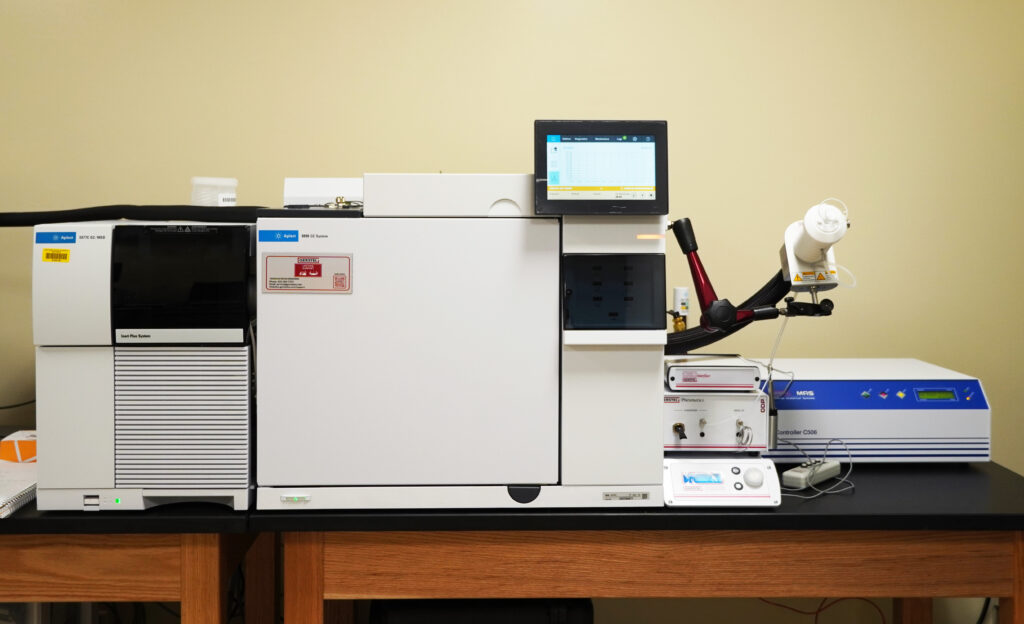
Flavor Chemistry Laboratory
The gas chromatography-olfactometry (GC-O) technique couples traditional gas chromatographic analysis with sensory detection in order to study complex mixtures of odorous substances and to identify odor active compounds.
- Agilent 8890 GC System
- Agilent 5977C MSD System
- Gerstel Olfactory Detection Port – (ODP 4)
- Gerstel Cooled Injection System 4C (CIS 4C) Bundle
- Gerstel Twister Desorption
Unit Version 2 (TDU 2) – received, to be installed in Oct. 2023. Software:
- Agilent MassHunter Software
- ChemStation
- NIST MS Library Bundle
- Olfactory Data Interpreter (ODI) software
Sample preparation capacities:
- Static headspace injection
- Liquid injection
- Headspace solid phase microextraction
- Twister solid phase microextraction
- Single volatile compound concentration through ODP port
Personnel:
Faculty members: Dr. Jing Zhao, Dr. Changqi Liu
Postdoctoral researcher: Dr. Ali Raza
Students: two master students and over ten undergraduate students are involved in volatile analysis work at SDSU
Other capacity related to volatile analysis: Sensory evaluation laboratory and trained a sensory panel.
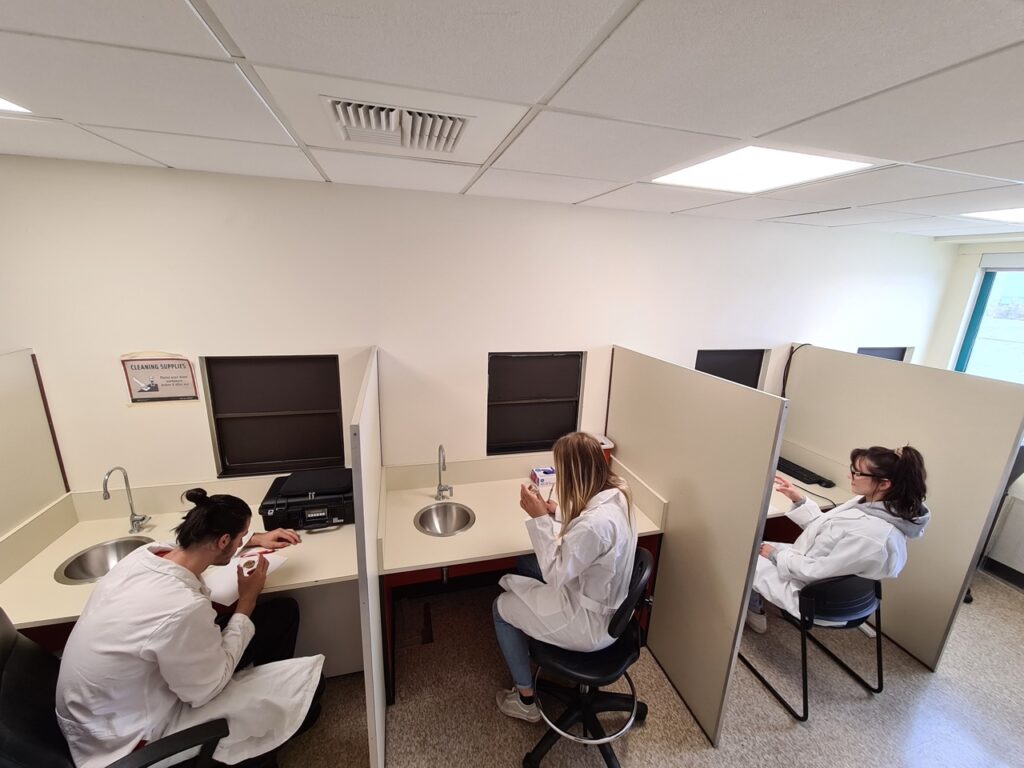
Sensory Evaluations of Food Products
1. Facility
- A sensory laboratory is housed in PSFA room 428. The laboratory has five booths. Each booth is equipped with a sink and a serving hatch.
- A kitchen/food preparation room (PSFA room 424) is located on the other side of the serving hatch. The room has three refrigerators and freezers, stoves, blenders, cutleries, and other food preparation supplies. The room is used to store and prepare food for sensory studies.
2. Sensory tests
- 2a. Discrimination test.
- Used mainly for quality control purposes.
- Number of samples/products: 2
- TETRAD, triangle, duo-trio, and paired comparison tests can be performed with 20-50 untrained participants. TETRAD test is recommended.
- Time/duration: the test can typically be completed in 1-2 days.
- Cost: $200-400 (consumables ~$50, labor $35/hour, participants incentives
$2.5/participant)
- 2b. Descriptive tests.
- Used for product characterization.
- Number of samples/products: 1-5
- Panelists: 6-10 trained panelists
- QDA or sensory spectrum test can be performed by a trained panel. SDSU has a trained panel. More training may be needed when testing a new category of products.
- Time/duration: 2-3 weeks
- Cost: $400-2,000 (panel compensation $25-50/participant, supplies $100, and labor
$55/hour).
- 2c. Preference tests/consumer tests
- Used for finding out consumer acceptance.
- Number of samples: 1-5
- Panelists: 100-200 target consumer
- Times/duration: 1-2 weeks
- Cost: $500-1500 (labor $35/hour, supplies ~$100, and participant incentive
$2.5/participant).
3. Data analysis
- RedJade is used for setting up the tests and analyzing the results.
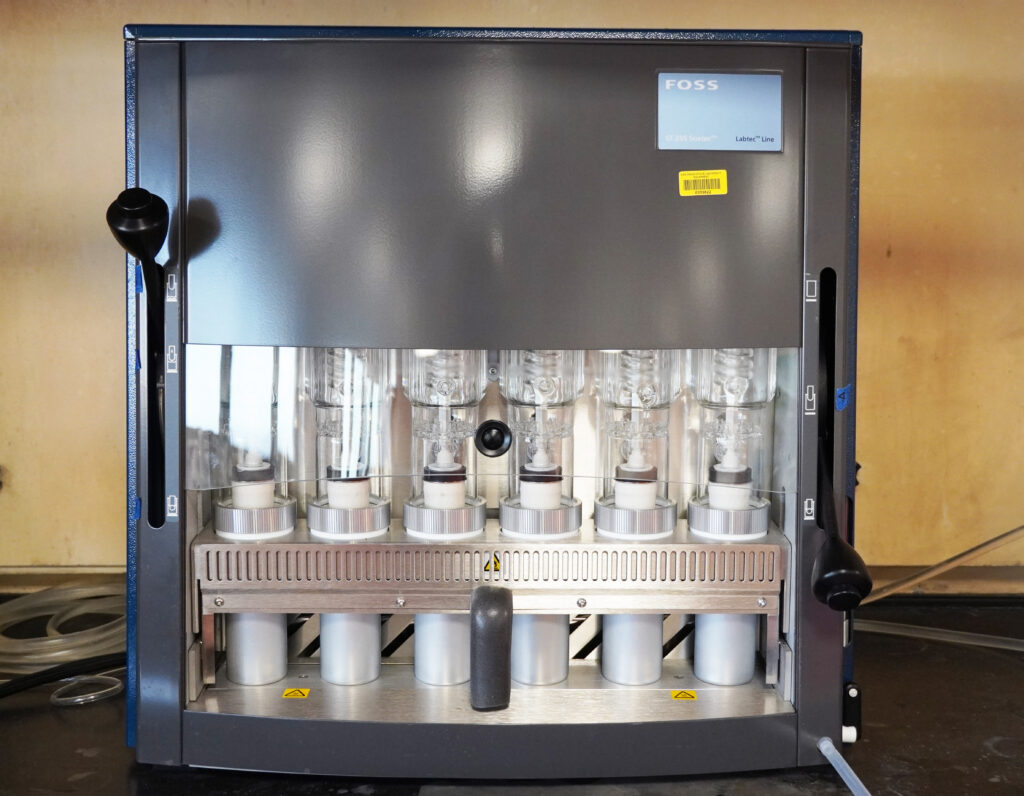
Soxtec Fat Extractor
Semi automated, flexible solvent-based extraction system suitable for a wide range of applications in the food, feed, environmental and other industrial segments.
This apparatus measures parameters of crude fat, total fat, and extractable matter.
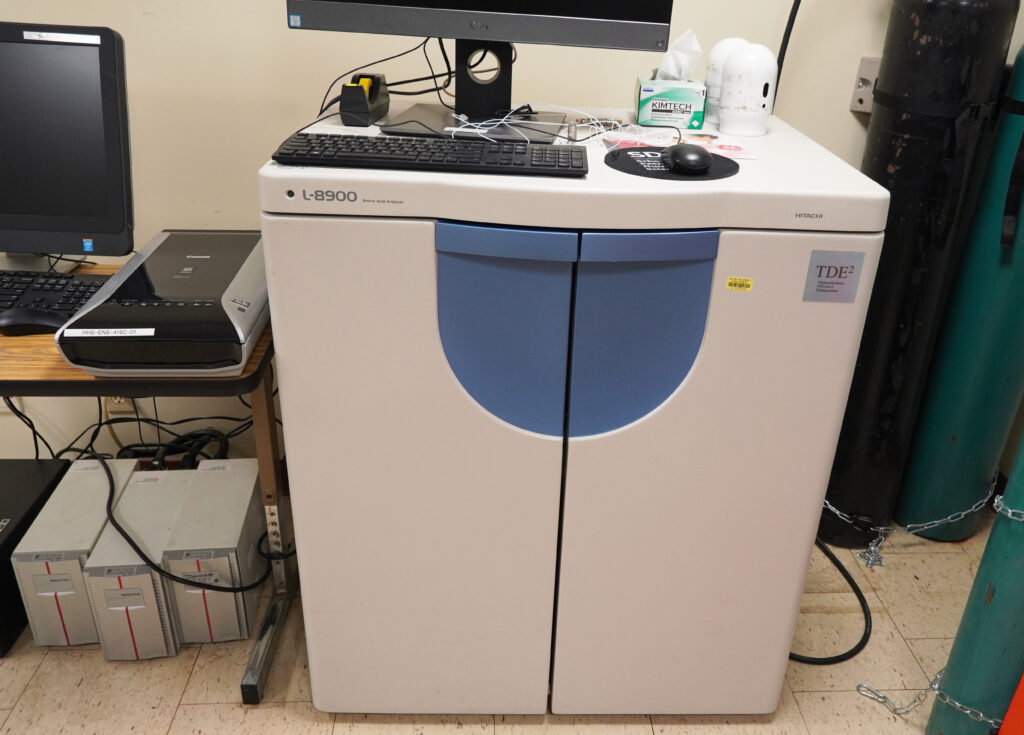
L-8900 Amino Acid Analyzer
This instrument analyzes amino acid content.
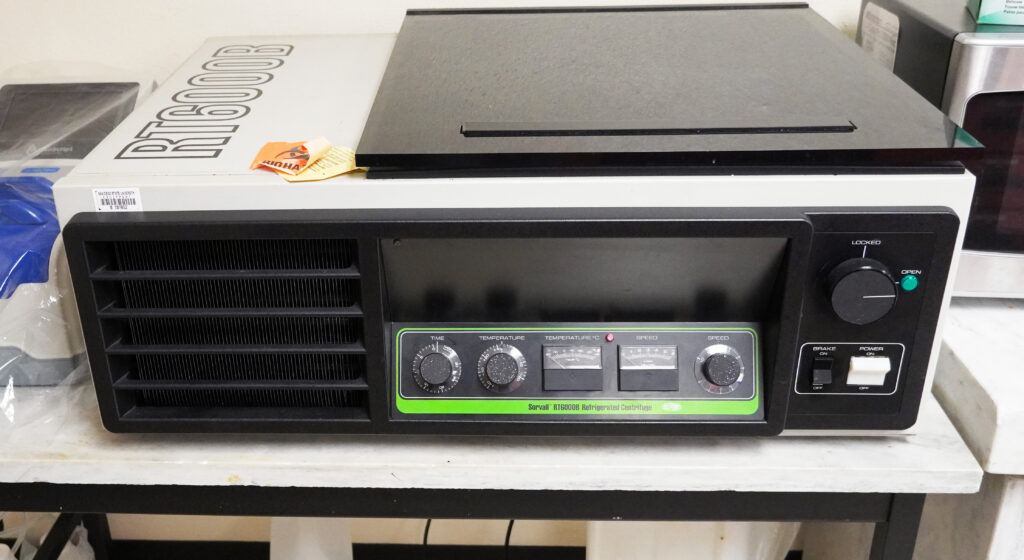
RT6000B
Refrigerated centrifuge.
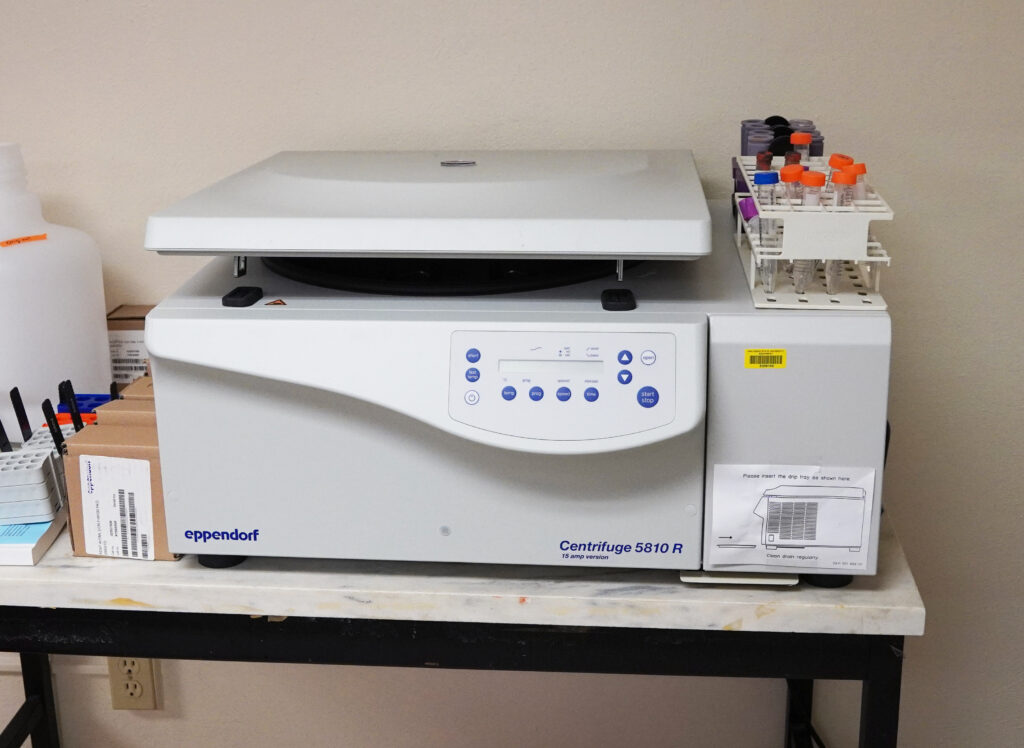
5810 R Eppendorf
Centrifuge.